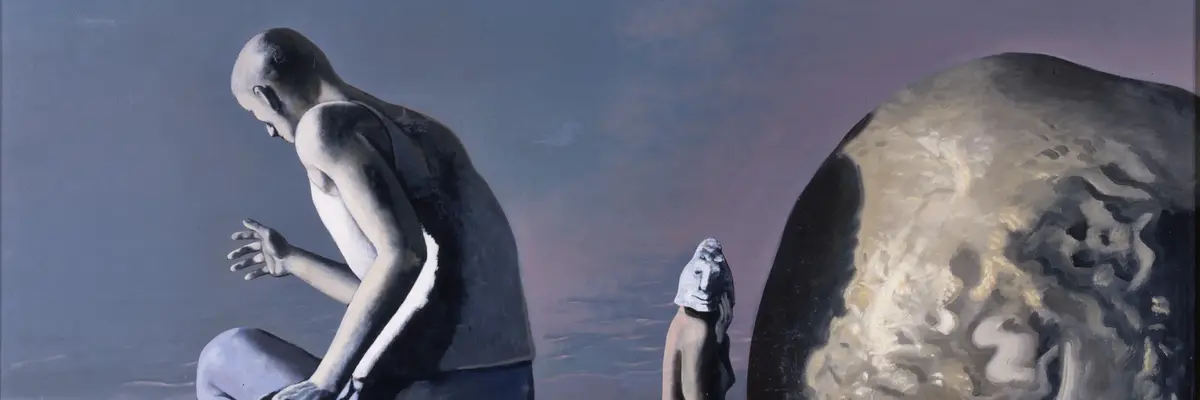
East German Painting and Sculpture 1949–1990
Focus Albertinum
The latest in the series of exhibitions entitled "Focus Albertinum" is currently highlighting the Albertinum's own holdings of "Art in the GDR".
- Exhibition Site Albertinum
- Dates 15/06/2018—07/01/2019
Focus Albertinum: Ostdeutsche Malerei und Skulptur 1949–1990
This cross-section through the collections of East German painting and sculpture - arranged according to the year of acquisition - provides a fascinating insight not only into the collections but also into the various changes in acquisitions policy during and after the GDR period. It gives an opportunity to discover works of art that have never previously been on display or to rediscover others after a long absence: works by Karl-Heinz Adler, Rudolf Bergander, Wieland Förster, Hubertus Giebe, Hermann Glöckner, Peter Graf, Werner Stötzer, Strawalde, Christine Schlegel, Petra Kasten, Harald Hakenbeck, Ernst Hassebrauk, Angela Hampel, Bernhard Heisig, Peter Herrmann, Hans Jüchser, Wolfgang Mattheuer, Theodor Rosenhauer, Werner Tübke, Willy Wolff, Walter Womacka and many others give an impression of the diversity of art created in the GDR.
bilder

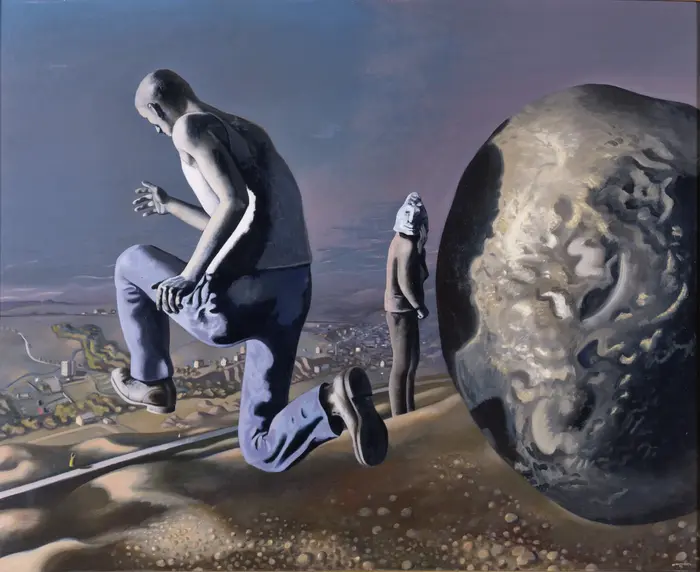
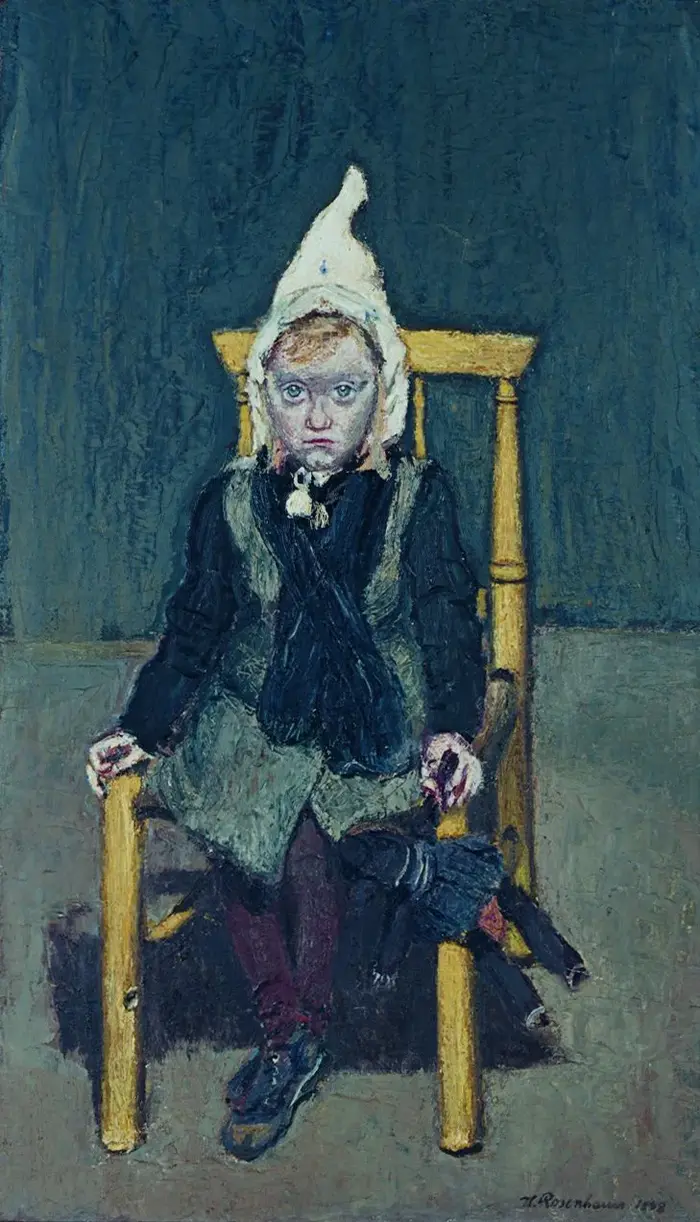

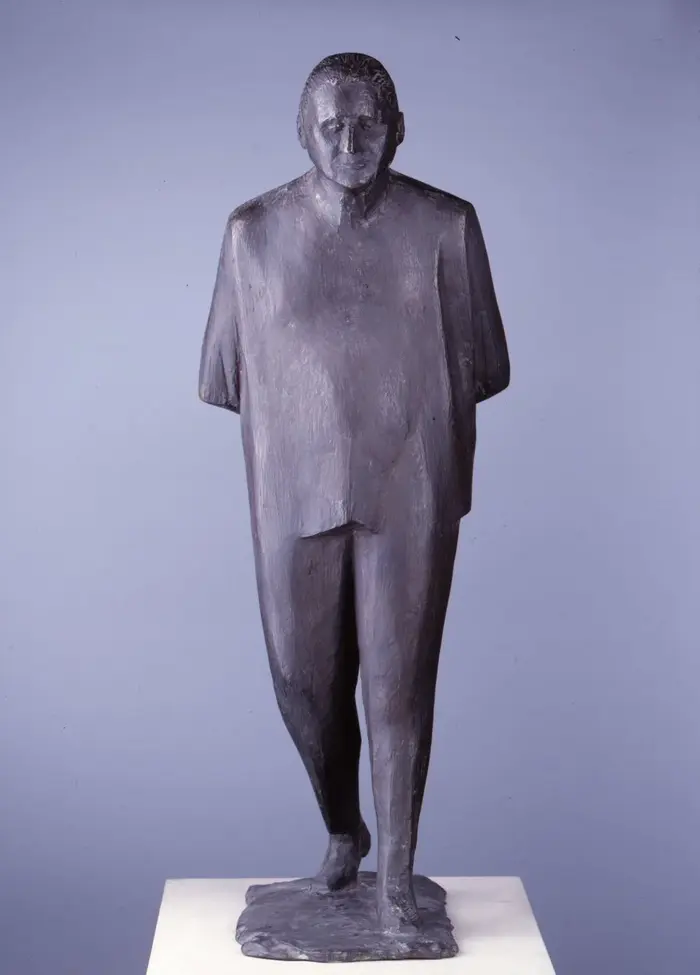
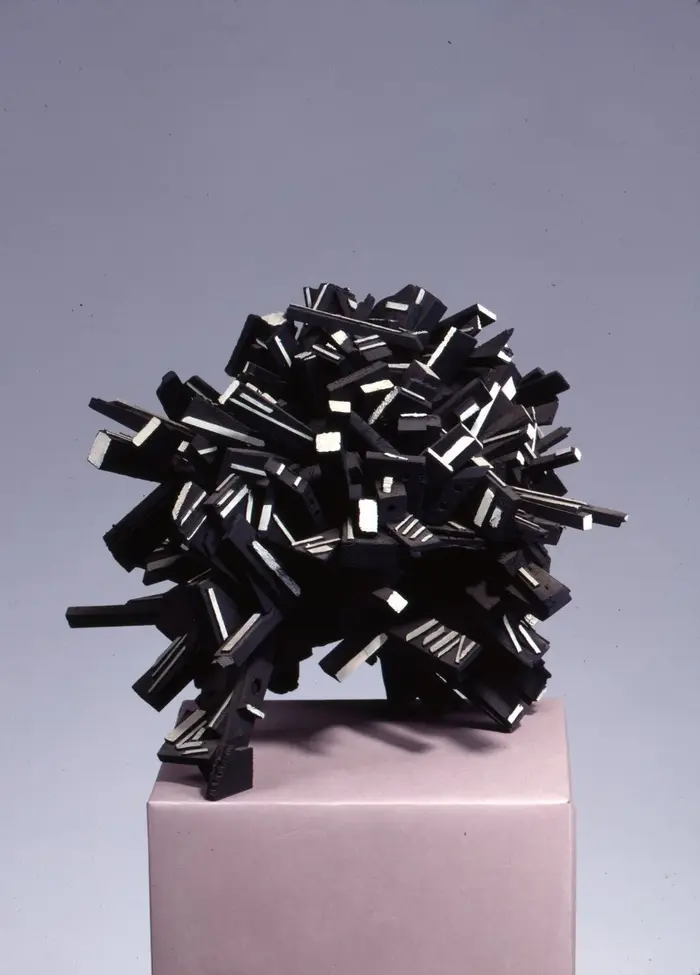
text
In the immediate post-war period works were acquired by the Dresden Gemäldegalerie and the Skulpturensammlung which took an allegorical approach to dealing with the impact of the war. Searching for a contemporary artistic style, artists used forms of expression that had evolved in the Classical Modern period, or developed them further. Soon after the foundation of the GDR, these stylistic tendencies were rejected as "formalistic", and artists were subsequently obliged to produce works of Socialist Realism. Some of the paintings and sculptures that entered the collections in the 1960s were created in connection with the "Bitterfeld Way", a project initiated in 1959 in order to introduce workers to art and eliminate the division between art and daily life. Programmatic images entered the Albertinum when it was decided to establish a department of "Socialist Contemporary Art" in the Gemäldegalerie Neue Meister - the works of art exhibited there were intended to illustrate the concept of Socialist Realism and its role in shaping an ideal society based on Marxist-Leninist principles. From the 1970s onwards, the acquisitions encompassed a broader range of pictorial motifs and painting styles. Landscapes and portraits were one focal point, and scenes of private everyday life were also to be found. The Skulpturensammlung purchased numerous items of figural sculpture and statues at the exhibition "Junge Bildhauerkunst der DDR", an exhibition of works by young GDR sculptors presented in the Albertinum in 1979. Finally, the purchases made in the 1980s illustrate the diversity of styles and standpoints of a young generation of artists whose works ranged from abstraction to vibrantly coloured Neo-Expressionist painting.
The scheme selected for this exhibition, with the works being presented chronologically according to the year of purchase, reflects not only the changes in acquisitions policy during GDR times but also invites critical scrutiny of the power of museums to establish a canon, from the time when museums were first founded down to the present day. A canon formed as a result of purchasing decisions, which always have a subjective element, must be regarded as a reflection of its time and hence as temporary. And so at the end of the exhibition there are a number of proposed acquisitions, for the aim is still to close gaps in the collection of "Art in the GDR".
